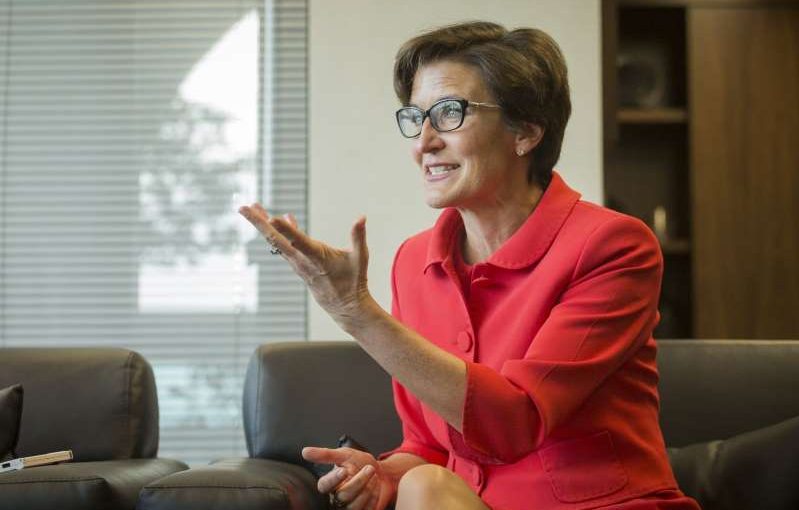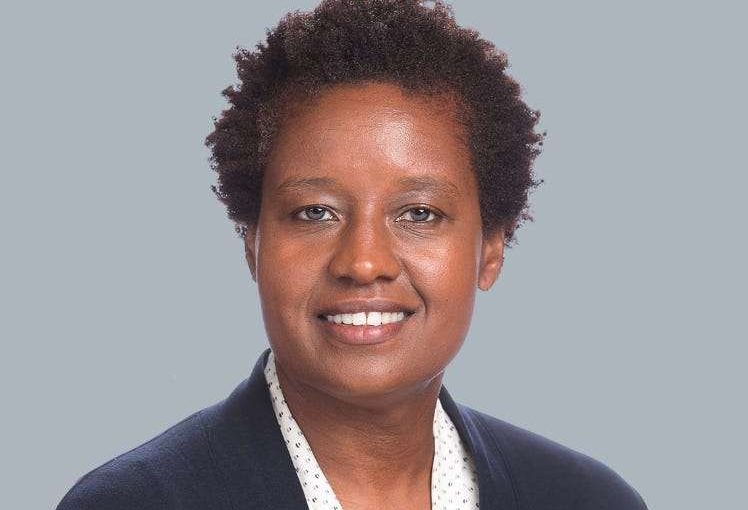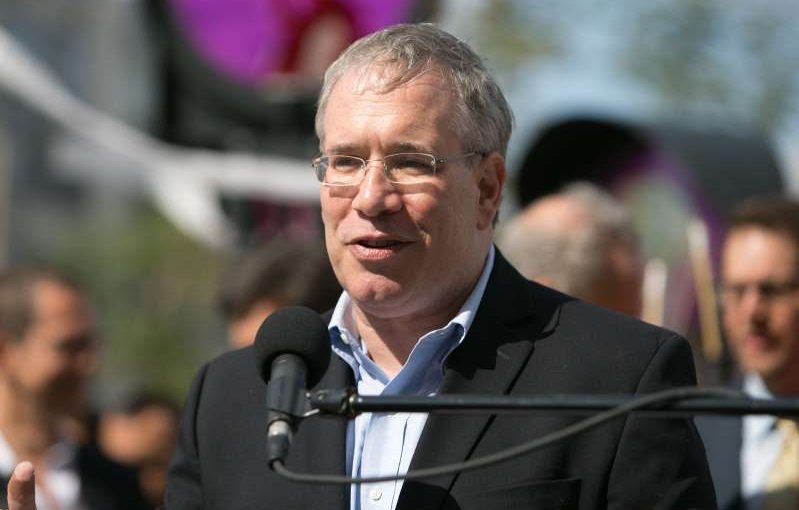In a world where the average employee sends and receives 122 emails per day and attends an average of 62 meetings per month, your boss or HR leadership simply doesn’t have the time or bandwidth to properly think through how best to deploy your talents moving forward. Instead, we have to take control of our career planning to ensure we’re putting ourselves in position for long-term growth. Here are four ways to become more strategic about the process.
Force yourself to set aside time. When things get busy, time for strategic thinking is almost always the first to go. “Planning sessions” seem amorphous, and the ROI is uncertain. But going for months or years without regular introspection can lead you down a professional path that you didn’t intend to be on. Instead, force yourself to make time for strategic reflection. Just as you’re more likely to go to the gym if you have plans to meet a workout buddy, you can use the same technique to enforce discipline around strategic thinking. Identify several trusted colleagues and start a mastermind group to meet regularly, discuss big picture goals, and hold each other accountable for meeting them. Having others whom you trust challenge your thinking can open up new ideas and possibilities you hadn’t previously considered.
Get clear on your next steps. Getting clarity around your professional goals — such as being promoted to SVP, starting your own business, or running the Asia/Pacific region — is only the first step. The place where many professionals fall down is identifying the pathway to get from here to there. As I described in “A Campaign Strategy for Your Career,” one technique you can use is “pre-writing your resume.” In this exercise, you put yourself five years into the future and write your resume as you envision it, including your new title and exact job responsibilities. The trick is that you also have to fill in the intervening five years, which prompts you to reflect on what specific skills you’ll need to develop in the interim, what degrees or accreditations you may need to earn, and what promotional path you’ll need to pursue in order to get there. Understanding that helps force your thinking and ensure that you’re taking the right steps (if a master’s degree is required for a position you want in three years, you better start applying now).
nvest in deep work. It can be tempting to invest your time the same way everyone else does — putting in face time at the office, or racing to respond to emails the fastest. At lower levels, that might mark employees as “go-getters.” But as you ascend in the organization, the ability to jump higher and faster becomes less important. Instead, what marks you as successful over time is creating in-depth, valuable projects — whether that’s writing a book or a brilliant new piece of code, spearheading the launch of a promising product, or undertaking a meaningful initiative, like reorganizing the company’s performance review system. That involves a shift from staccato, reactive work into more self-directed, long-term projects (“Deep Work,” as author and professor Cal Newport puts it). Many professionals don’t seek this work out, as there’s no immediate ROI — but the long-term benefits and recognition are substantial.
Build your external reputation. A study by Wharton professor Matthew Bidwell showed that external hires into a company get paid 18-20% more than internal workers who are promoted into similar jobs. (Gratingly, they also perform worse for the first two years.) That’s patently unjust, but it points to an important truth: professionals are often taken for granted inside their own organizations. That doesn’t mean you should jump ship every few years. But it does point to the fact that, even if you’d like to stay at the same company, it’s important to cultivate a strong external reputation so that you have opportunities if you want them, and to remind your boss and colleagues that your abilities are sought after and appreciated by others. Blogging for industry journals, applying to speak at conferences, and taking on a leadership role in your professional association are all great ways to stay visible in your field — both to outsiders and those inside your company who need to be reminded of your talents.
Taking time to think about your career development is obviously important, but it’s almost never urgent, so many professionals fail to take action, year after year. By focusing on these four steps, you can begin to carve out time to be more deliberate, and lay the groundwork for the job you want — five years from now, and beyond.








 The $700 billion Hispanic business market in the U.S. is now at the tipping point
The $700 billion Hispanic business market in the U.S. is now at the tipping point 

 Citi’s Female CEO Rose as Bank Faced Failings on Gender Equality
Citi’s Female CEO Rose as Bank Faced Failings on Gender Equality  © Bloomberg Gender Breakdown
© Bloomberg Gender Breakdown










